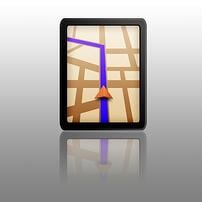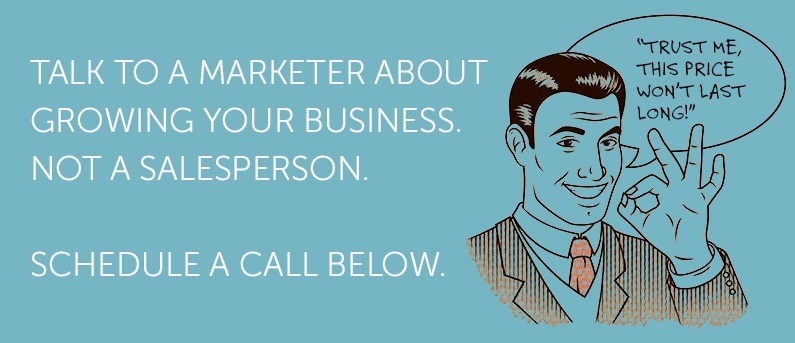The use of mobile Internet-connected devices continues to rise, with more than half of U.S. adults owning a smartphone and at least a third owning a tablet computer. And that, in turn, has opened up many new mobile marketing opportunities. 
Mobile devices allow for location-based marketing, in which you get your message to people when they are physically near your store (or in some other location you consider strategic). It truly allows you to reach people in the right place and right time, when they can quickly and conveniently act on your offer.
Using Location-Based Marketing
There are multiple ways in which location-based marketing can help you attract new business, and developers are constantly coming up with new methods and apps. Options currently available include:
- Geo-fencing. This refers to setting up a virtual fence--basically, just a string of GPS coordinates--around a location. If a mobile user with a location-based app crosses the "fence" to enter the designated area, an MMS or text message can be sent to their device. Often, the message will include a discount coupon they can use at your location.
- Check-ins. The user's location can also be identified if they "check in" on one of the social networks that allow such tagging (such as Facebook or FourSquare). Some retailers provide special perks for those who check in at their location.
- Bluetooth or near-field communications. You can embed chips in very specific locations (such as a product on the shelf, or an advertising kiosk) which communicate with mobile devices over very short distances (measured in inches or feet). Such pinpoint location targeting can be used creatively to provide more information on, or discounts for, a specific product.
- Mobile wallets. Some people are now using smartphones as digital wallets. Businesses can make gift cards, coupons and event tickets which are carried around digitally inside a smartphone.
- Nearby searches. Facebook, among others, is now allowing people to search for businesses that are near their current location. For example, a business traveler could be looking for the nearest office supply store or considering restaurant options for lunch. By simply appearing in the search results, you can potentially make a quick sale.
- Custom apps. There are multiple other creative ways that you can use location-based marketing. One developer, for example, has created an app which uses the different light fixtures within a store to triangulate the aisle-by-aisle location of a person with the app and deliver offers or other content depending on where they are in the store.
Marketers must be careful, of course, to design location-based programs which do not appear too intrusive. They must also focus on providing real value for the customer and keep from appearing too "needy" or desperate for sales. One way to do this is to provide other useful location-specific content that does not offer a discount or ask for a sale, but which fits the interests of your target market.
Location-based marketing is still rather young, and it is sure to grow. With a little creativity and the right mobile-friendly site or app, it can provide multiple new ways to attract more visits and more closed sales.
* Image courtesy of freedigitalphotos.net

